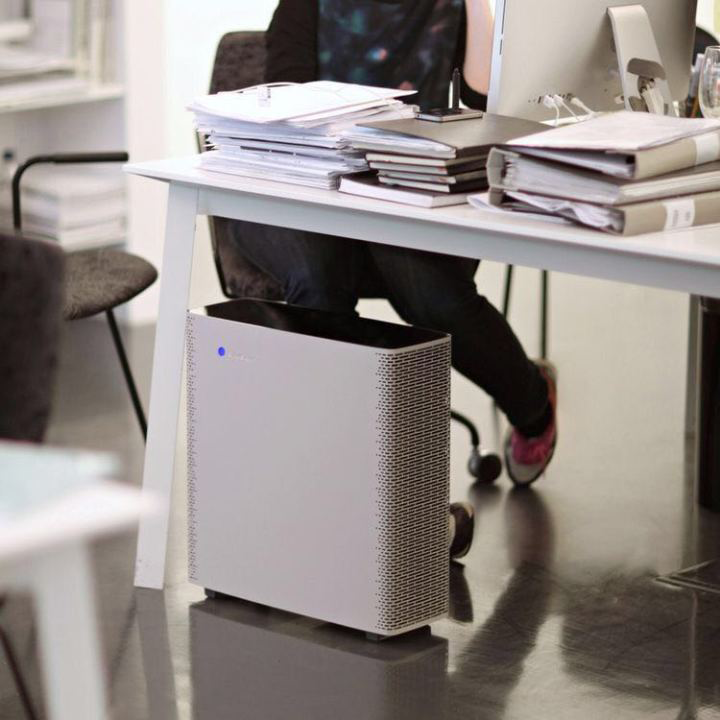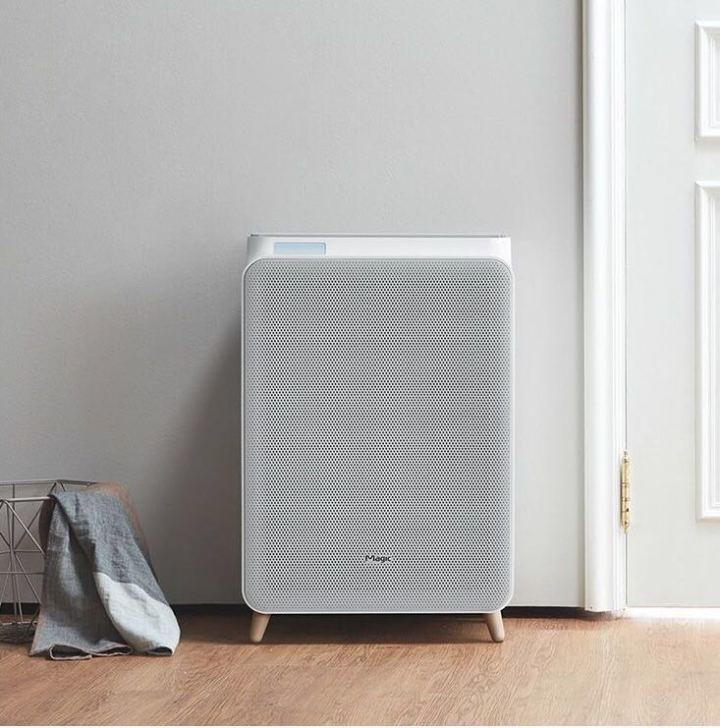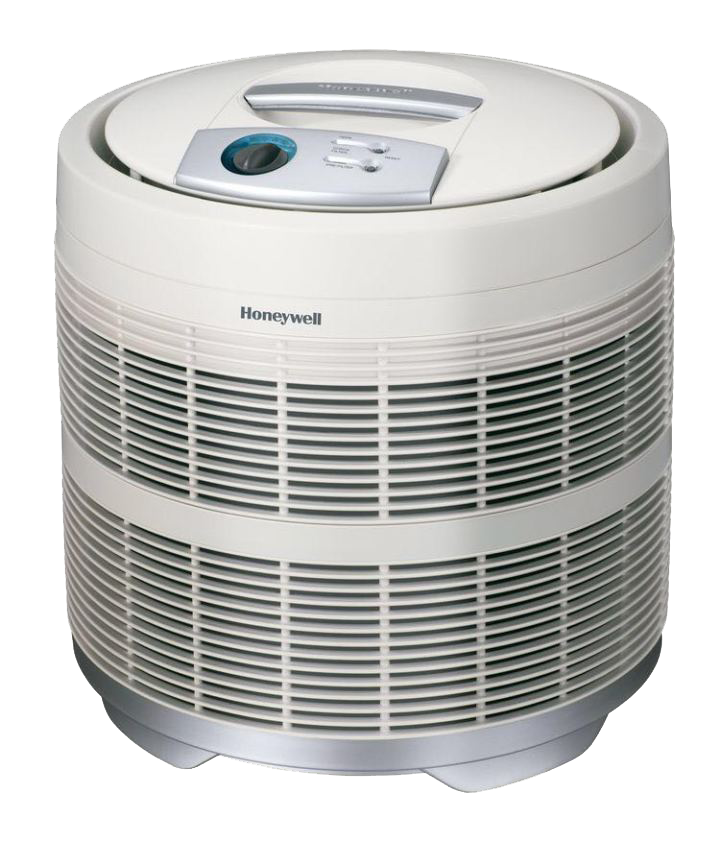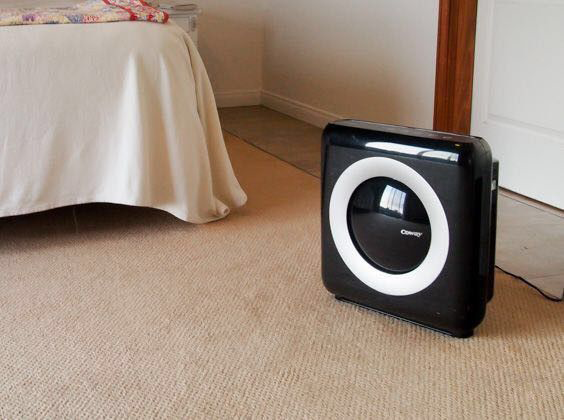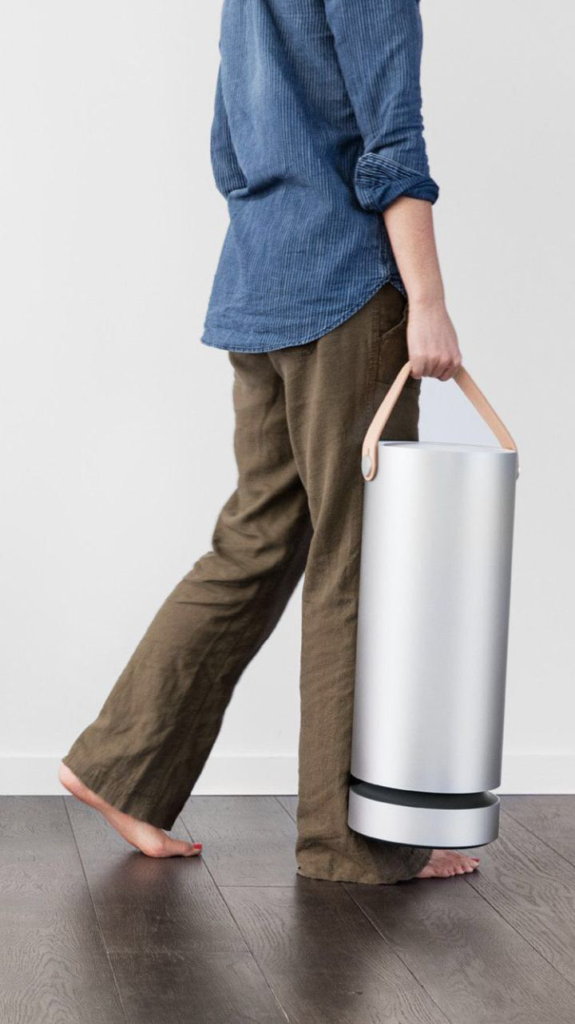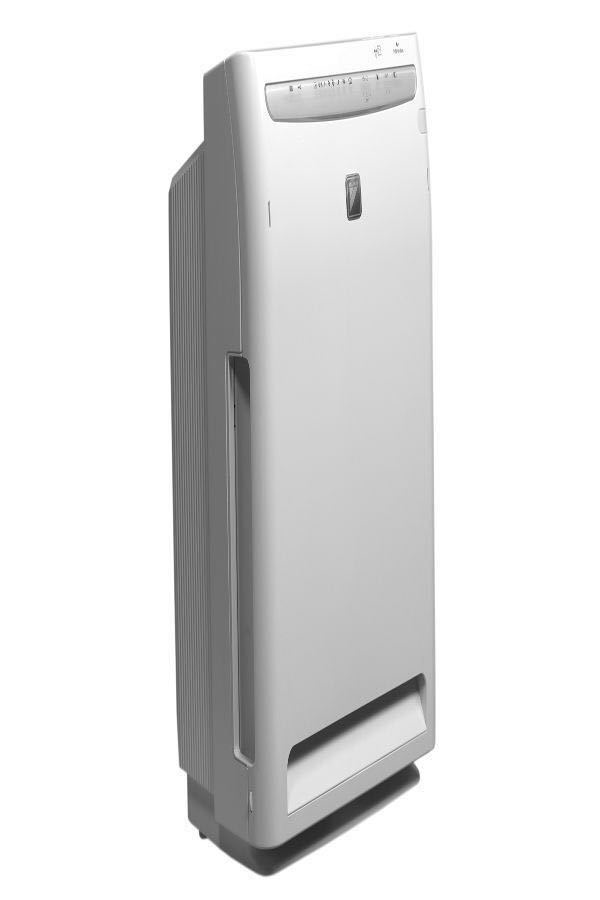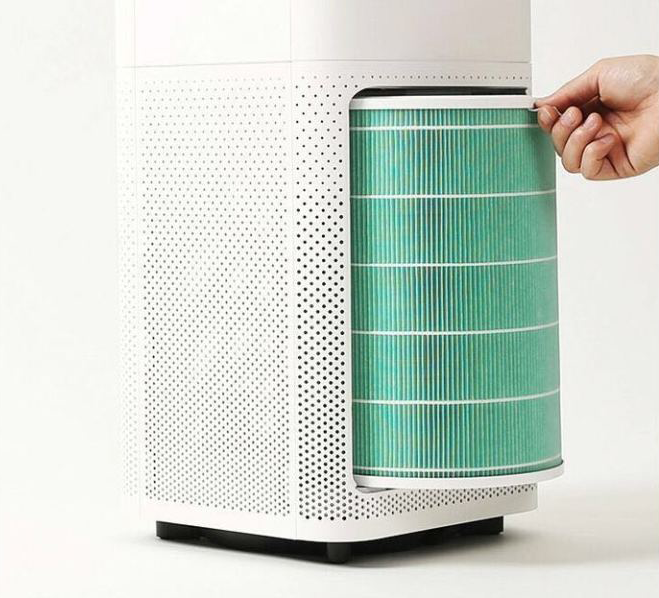How to choose the best air purifier for your home
My previous job often required me to attend smartphone product launch events. Initially, the manufacturers were enthusiastic about flaunting their data on stage, such as which company’s CPU they used, how fast it ran, and how good their camera was…
Two or three years later, users didn’t care as much about these things because there was an iPhone to use as a reference. Even though none of the data seemed particularly advantageous, the truth was that there was no phone better to use than an iPhone.
People are gradually realizing that, in addition to data speed, the key factors that determine whether a phone is truly user-friendly are comprehensive performance and user experience. In other words, it’s not enough to have impressive benchmark scores; a truly great product must efficiently integrate high-performance components to provide an exceptional user experience.
The same goes for air purifiers.
Winter is coming and haze is about to arrive.
Since we can’t escape it, we can only seriously learn about what kind of air purification equipment is good and suitable for ourselves.
For this review, we have listed the key issues of air purifier equipment: CADR, Hepa filter, filter replacement, and formaldehyde removal. Perhaps what sets us apart from other air purifier buying guides is that, based on our own experience, we have summarized some ways to choose based on these key data. As we always say, just looking at the data is not enough, you need to learn how to combine your living conditions and budget to make a scientific choice.
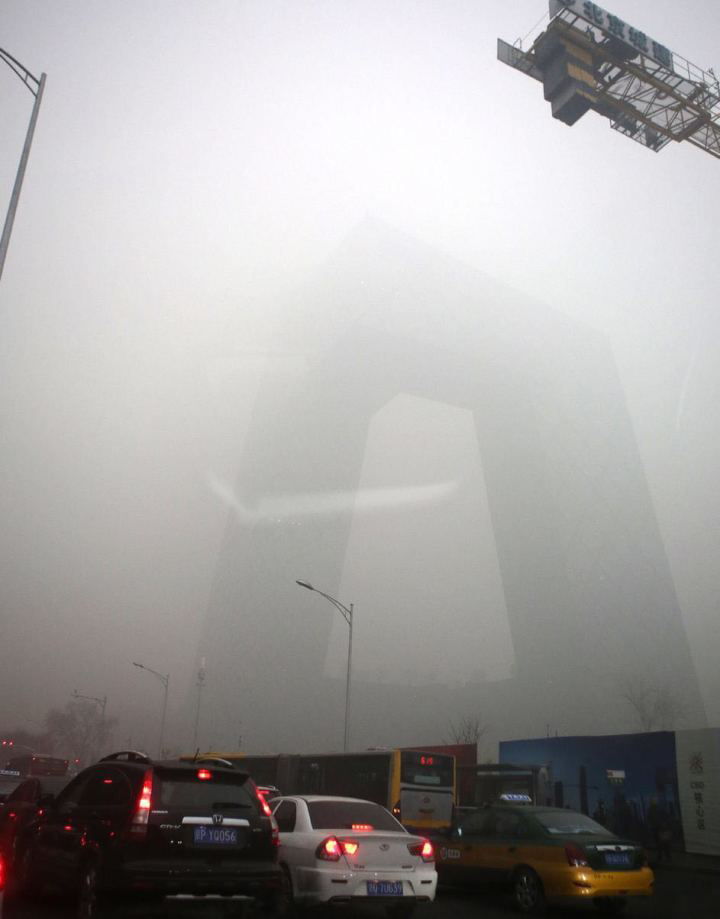
Although the government is working hard to combat the problem, but the haze problem will not be solved quickly in a few years, people in many parts of the world often have one, several or even a set of air purification equipment at home

CADR value
CADR value (Clean Air Delivery Rate) is one of the important indicators for measuring the performance of an air purifier, which reflects the purifier’s throughput capacity, and can be directly understood as air volume. In order to ensure the air quality meets the standards, the air purifier should have sufficient air volume to purify indoor air 5 times per hour. According to the national standard, the applicable area of an air purifier is CADR*(0.07~0.12) square meters. Therefore, an air purifier with a CADR value of 500 will be labeled by the manufacturer as suitable for spaces between 35~60 square meters.
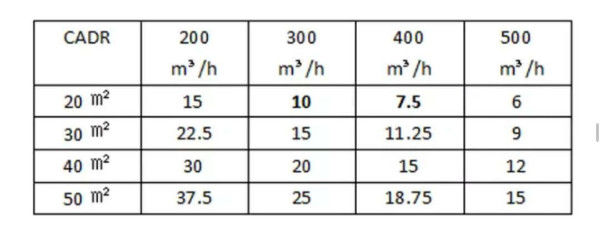
Manufacturers usually indicate the area that a CADR value is suitable for, but our usage experience tells you that, considering the area, you should choose an air purifier with a higher CADR value as much as possible.
Regarding the above standards, many people simply believe that the CADR value is “good enough”, but experience tells us otherwise.
The correct approach is to “choose a bigger car for a smaller load,” and select an air purifier with a CADR value that exceeds your needs.
1.Having a margin in the CADR value helps to promote air circulation in the living room.
To be competent for a living room space of 30 square meters or more, an air purifier not only needs to have a high CADR value, but it must also effectively drive air circulation within a range of tens of square meters. It should not only push the purified “clean air” far enough, but also continuously attract the “polluted air” from the far end of the house.
Among the air purifiers we have used, only a few high-quality ones can truly drive air flow and circulation in areas larger than 30-40 square meters, significantly improving the air quality at the other end of the living room. These types of purifiers often draw on principles from fluid mechanics and even turbocharging, putting effort into fan blade shapes, wind duct designs, air outlet angles, and other aspects. However, many other purifiers, despite stacking up high CADR values, can only repeatedly purify the surrounding air due to insufficient air supply capability and inadequate wind duct design, and are powerless to improve the air in the distant spaces of the living room. For the latter mediocre brands, choosing an air purifier with a higher CADR value, at least a larger motor power and air volume, can be helpful.
Blueair is a well-known high-end air purifier brand.
Magic brand’s air purifier has outstanding design.
Honeywell air purifiers are a famous brand from the United States. The new design features a cylindrical filter and four-sided air intake, which helps to improve the purification efficiency.
2.If you want silence, you also need a high CADR value.
Bedrooms and study rooms are the most peaceful private spaces, and air purifiers often need to be on 24 hours a day, so noise control is especially important. Choosing an air purifier with a CADR value that is twice as abundant is the key to maintaining silence. The reasons are as follows:
On the one hand, the CADR values that manufacturers prominently label in promotional materials are the air volume when the purifier is set to the maximum. If set to medium, the CADR value will decrease by more than half, and in silent mode, it will even decrease by 3/4. These reduced CADR values are usually quietly listed in the specifications list, and they represent the true performance of the purifier in normal conditions.
On the other hand, even small purifiers will generate a lot of noise when running at full load, and the highest can even reach more than 60 decibels, equivalent to being in a train station waiting hall. For large purifiers with good enough quality, the noise when running at the lowest level is almost imperceptible, and can even be as low as a dozen decibels, quieter than the sleep mode of a silent air conditioner.
Therefore, using an air purifier with a CADR value that has a margin, and keeping it running at a low to medium level as much as possible, is the key to effective noise control, and is also beneficial for extending the life of the entire unit. When opening windows for ventilation, it can also reduce indoor PM2.5 concentration in a shorter time. If the budget allows, choose a high-end air purifier, usually with better motor materials and more thoughtful air duct design, and the noise at the same air volume will be smaller.
Coway air purifier, very cute
3.Choose a tall and slim air purifier
Many people are worried that air purifiers with high CADR values will be too bulky to be placed in small spaces, such as bedrooms. However, this is not the case.
Take the air purifier we have used as an example. A slim and tall air purifier with a CADR value of over 400 can compress the floor space to 25×25cm (about the size of an A4 paper), making it easy to place even in a bedroom of less than 10 square meters. In addition to saving space, the slim and tall design makes the air outlet higher, which helps to circulate the air throughout the whole room. On the other hand, another air purifier that is short and chubby has a CADR value of only 200+, but takes up a larger floor space of 24×38cm. Although the height of the machine is short, nothing can be placed on top of the air purifier (due to the need to avoid blocking the air outlet), so it actually takes up more space.
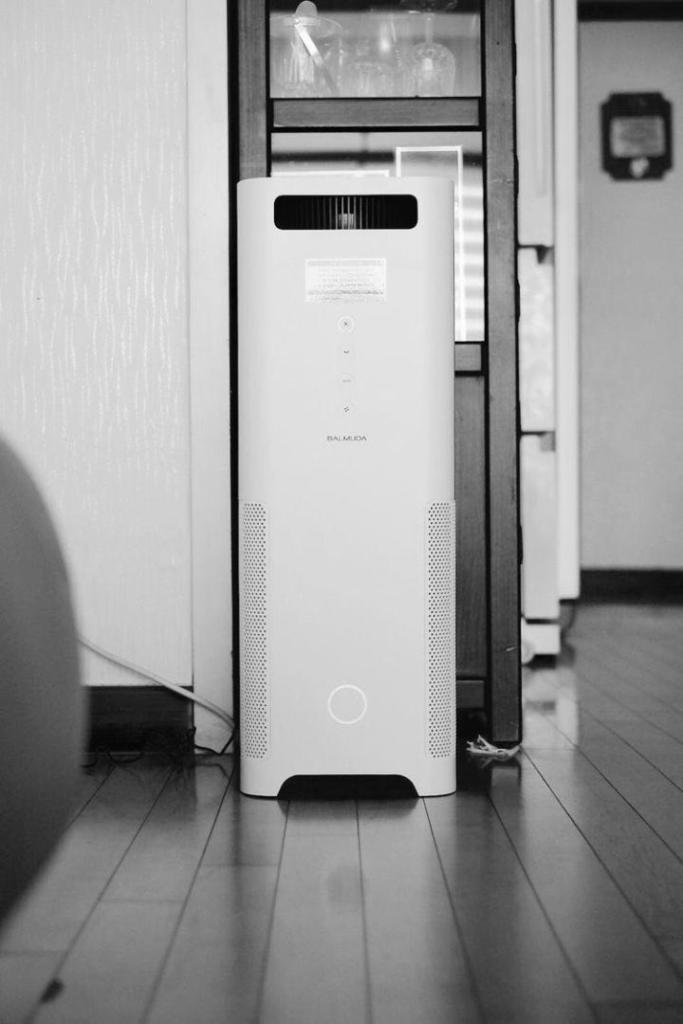
BALMUDA air purifier is outstanding in both design and functionality, but its price is not cheap.
Molekule air purifier, with ultra-high appearance
HEPA Filter
HEPA filter (High Efficiency Particulate Air Filter) is the foundation of an air purifier, which determines the efficiency of filtering fine particulate matter in a single filtration. Even if the indoor air is filtered multiple times, it will be useless if the efficiency of a single filtration is poor.
Many brands claim to use various purification principles, such as “electrostatic dust removal”, “negative ions”, “multiple purification”, “composite filter element”, “silver ion sterilization”, and so on. The aforementioned functions can only be considered as an added bonus, and some functions are even controversial. For example, for purifiers that use the principle of electrostatic adsorption, ozone will be produced during use, which can be harmful once it exceeds the standard.
Therefore, for many gimmicks, it is just for show. What we really need to care about is the HEPA filter. Some low-end “air purifiers” do not use HEPA filters, and such products should not be considered. After confirming the presence of a HEPA filter, we need to pay attention to the grade and material of the filter.
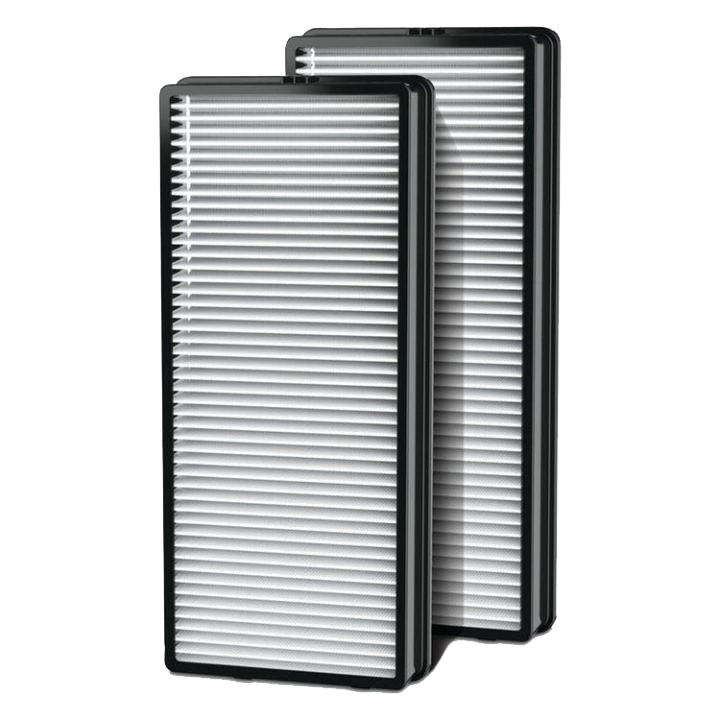
Air purifiers that do not use HEPA filters should not be considered.
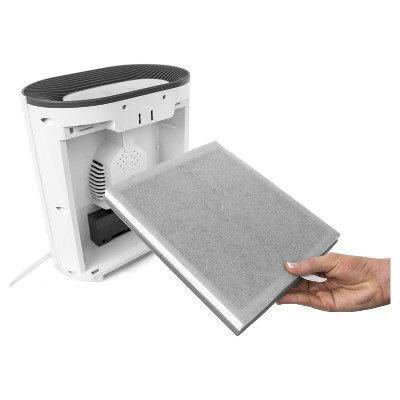
Some air purifiers have abandoned the HEPA filter and instead adopted the high-voltage electrostatic dust removal principle. The advantage of this approach is a longer filter life, but the single-pass filtration efficiency is lower, and there is a risk of ozone.
Many models of Daikin’s air purifiers do not use Hepa filters, instead opting for electrostatic dust collection technology. The downside is that the single-pass filtration efficiency is relatively low and the production of ozone is a health hazard.
1.The filter mesh level is not suitable if it is too low, but if it is too high, it will reduce the ventilation volume.
HEPA filters have a scientific classification system, which can be divided into 17 levels, such as G1-G4, F5-F9, H10-H14, U15-U17, based on the commonly used European standard (EN779-1993). Among them, H10-H14 level filters are commonly used in household air purifiers.
Based on our experience, H13 level is the most balanced choice, with high filtration efficiency, relatively large air volume and CADR value, and helps to control the overall noise of the machine.
Most low-end purifiers use H11 or lower level filters, or simply do not indicate the filter level (usually below H10). If only looking at theoretical values, the H11 level filter can filter 98% of pm0.3 particles in a single pass, which is not much different from the 99.97% of H13. The key issue is that the filtration ability of HEPA filters will continuously decay, so compared with the H13 level, the durability of H11 level filter is much worse. After a period of actual use, the difference between the two will be very large: when the outdoor air is heavily polluted, a purifier using an H11 filter can only reduce indoor air to mild pollution, while a purifier using an H13 filter can purify it to excellent.
For home use, the filter rating of the purifier should not be too high. Some brands use H14 or higher-rated filters to increase their selling points, which can be very harmful to users who are not well-informed. However, using filters with a rating that is too high can also have obvious side effects: increasing the efficiency of the HEPA filter will lead to an increase in filter resistance, resulting in a decrease in the air flow rate of the purifier and a decrease in the overall CADR value. In order to increase the air flow rate, the purifier has to increase the fan speed, which in turn increases the noise level.
2.Fiberglass filter mesh is impressive but unnecessary, synthetic fiber is sufficient.
HEPA filters are mainly made of two materials: synthetic fiber and fiberglass. Air purifiers that use synthetic fiber filters, such as PP and PP composites, are more common. However, some high-end brands use fiberglass filters as their selling point, touting their professionalism and implying that PP filters are low-grade.
Fiberglass filters are widely used in dust-free factories, hospitals, and other places. They do have some advantages, such as a long service life and good single-pass filtering effect. However, the wind resistance of fiberglass material is too high and must be used with a high-power motor. Therefore, air purifiers that use fiberglass filters usually have a larger footprint and higher noise level. Fiberglass filters are much more expensive, and they are easily shattered by collisions, causing secondary pollution. For example, a best-selling model from a high-end brand that uses fiberglass filters costs more than $2,000 per unit, and replacing a set of filters costs $500, which is not cost-effective.
For households, synthetic fiber filters are more suitable. Synthetic fiber filters have low wind resistance, so air purifiers that use them are usually smaller in size and quieter. This advantage is actually very important for families who value quietness and have limited space. Although the service life of synthetic fiber filters is shorter, the cost of the filters is also cheaper, which does not affect the usage cost.
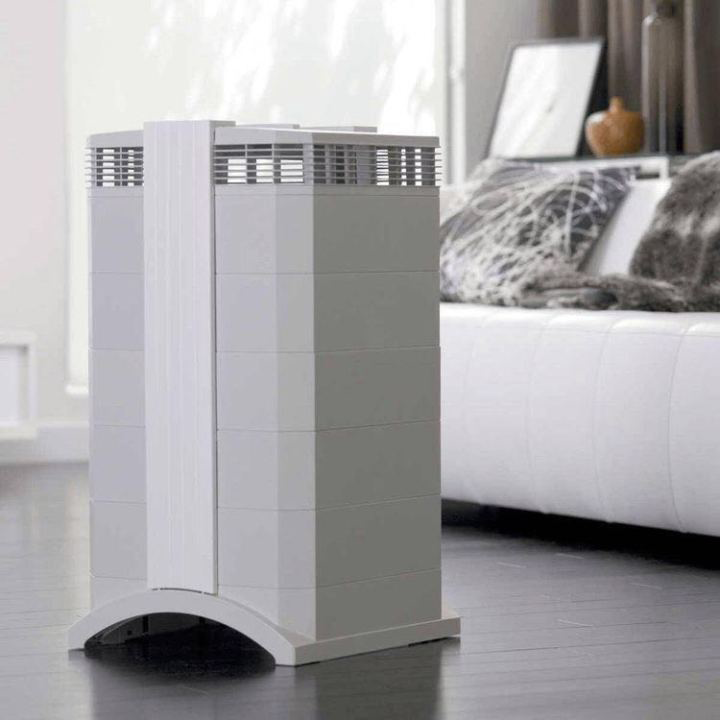
IQair is a well-known brand that gives a very professional impression. It uses fiberglass material for its Hepa filters, which have outstanding single-use filtering efficiency and lifespan. However, both the machine and filter prices are very expensive, and the machine’s size is relatively large.
Filter cartridge
Air purifiers are like printers. In addition to the machine price, the cost of consumables in the later period cannot be ignored, and the consumable is the filter.
There are currently two types of filter designs on the market. One is an integrated filter, which integrates the Hepa filter and activated carbon filter together. The advantage is convenience, but the disadvantage is that they must be replaced uniformly. The other type of filter is composed of several layers of filters. The Hepa filter is one layer, and the activated carbon is another layer of separate filter. There is also a coarse filter, all of which can be replaced individually, but the price of replacing the whole set is very expensive and troublesome.
It is common for people to be concerned about the use cost, but the filter price cannot be simply compared. The service life and quality of the filter should also be comprehensively considered.
1.Cheap filter cartridges should not be used as their low cost is a false economy.
Simply comparing the prices of filter elements is meaningless because the structure, material, grade, and size (expanded area) of the filter elements vary greatly depending on the brand and model of the purifier, and the cost and service life differ greatly. Some filter elements may have a low price, but have a low HEPA grade, small size (expanded area), and need to be replaced after one or two months of use, so the actual cost is not low. Some filter elements may seem expensive, but have a high HEPA grade and large expanded area, so they have a much longer service life, and the cost is not exaggerated, and they bring better filtering results.
When considering consumable costs, the reasonable standard is to calculate the CCM value/filter element price of each purifier, and the higher the resulting value, the lower the consumable cost. According to national standards, air purifiers are marked with CCM values (cumulative purification amount), and the larger this value, the longer the service life of the filter element.
2.Cheap filter cartridges have poor quality control, often leading to various problems.
Models with particularly cheap filter cores often have various problems due to excessive cost compression. For example, the filtration process of a certain brand is not up to standard, resulting in the direct spray of black activated carbon powder. If inhaled into the human body, it can be very harmful to health. Additionally, after using many brands of air purifiers for a period of time, a pungent smell may emanate from the air outlet. This is because acidic glue is needed in the production process of activated carbon filters. Furthermore, in order to improve the filtration standard, some purifiers use modified activated carbon, which may contain certain acids during production. Low- to mid-end brands need to control costs while pursuing good standards, so they often become particularly problematic. High-end models use better quality glue and pay more attention to the activated carbon process. Even if there is a slight acidity, it usually gradually disappears with use.
We would like to remind you again that we once used an air purifier with poor formaldehyde filter quality, which also had a humidifying function, resulting in intermittent spraying of sour and humid gas. It was truly unpleasant… Therefore, we recommend using specialized equipment for a specific purpose, prioritizing reliable and single-function air purifiers, and if you need humidification, just get a humidifier.
Formaldehyde removal function
Removing formaldehyde is a key feature advertised by many air purifiers. However, in actual use, air purifiers usually cannot effectively remove formaldehyde. On the contrary, if not used properly, they can indirectly increase the indoor formaldehyde concentration.
Almost all air purifiers now have activated carbon filters to remove formaldehyde. Our view is that this function is actually impractical and should not be overly relied upon during use.
The formaldehyde removal function of the purifier relies on coconut shell activated carbon filters. However, the ability of coconut shell activated carbon to adsorb formaldehyde is limited, and the filter area of the purifier is not large. In actual use, it will quickly become saturated and ineffective. Authoritative institutions have tested the formaldehyde adsorption capacity of many purifiers, which can decrease by more than 90% within 48 hours, and even release previously adsorbed formaldehyde after saturation. Even the so-called “formaldehyde removal enhanced” filter only increases the amount of activated carbon and improves the quality of activated carbon, which does not fundamentally solve the problem. If users expect the purifier to effectively remove formaldehyde, they can only take out the activated carbon filter and expose it to the sun outside. However, the possibility of persisting with this method for a long time is low.
The formaldehyde release cycle lasts for 3-15 years. During this period, only by maintaining indoor and outdoor air circulation can the indoor formaldehyde concentration be maintained within a safe range. If you are too superstitious about the formaldehyde removal effect of the air purifier and ignore the necessity of opening windows for ventilation, it will only backfire.
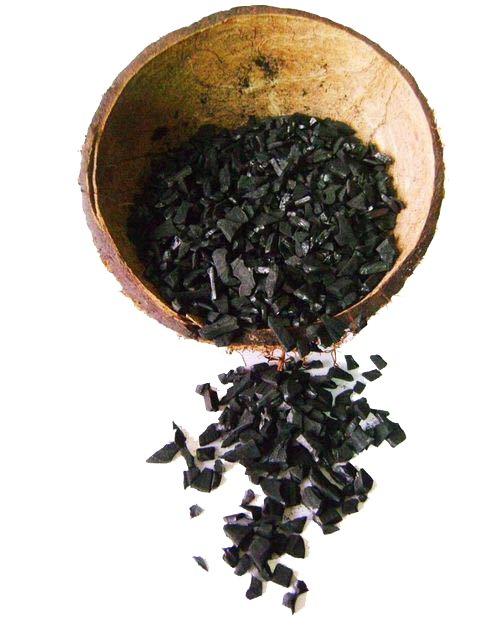
Currently, the most effective coconut shell activated carbon for removing formaldehyde.
Summary of our main points: When choosing an air purifier, it is important to consider filtering effectiveness, noise control, usage cost, and convenience. There are many indicators for air purifiers, such as HEPA filter level, CADR value, CCM value, and filter price, which you should understand, but do not be misled by simple high values. It is important to consider your own needs when making a choice.
What you should value is overall performance. For air purifiers used in the living room, the most critical factor is the ability to circulate air over a large area. Therefore, in addition to ensuring adequate air volume (high CADR value), it is also important to have scientific blade shape, air duct design, and air outlet angle, which are difficult to measure by parameters but are crucial. For bedrooms and study rooms, it is best to choose an air purifier with a high CADR value so that the machine can produce enough air volume at low speed to maintain quiet operation.
When it comes to HEPA filters, H13 grade synthetic fiber filters are the most balanced. Filters that are too poor in filtering effectiveness will not work, and those that are too good will have high cost and air resistance, which negatively affect noise and air volume. In addition, it is best to choose a filter with an integrated design, moderate price, guaranteed quality control, and high cumulative purification capacity (CCM value).
Finally, our point of view is that wall-mounted or ducted new air systems with HEPA filters are more effective than air purifiers. However, ducted new air systems require coordination with decoration, and wall-mounted new air systems are usually more expensive than air purifiers. If you happen to meet the conditions for either of these, a new air system may be a better choice for you.
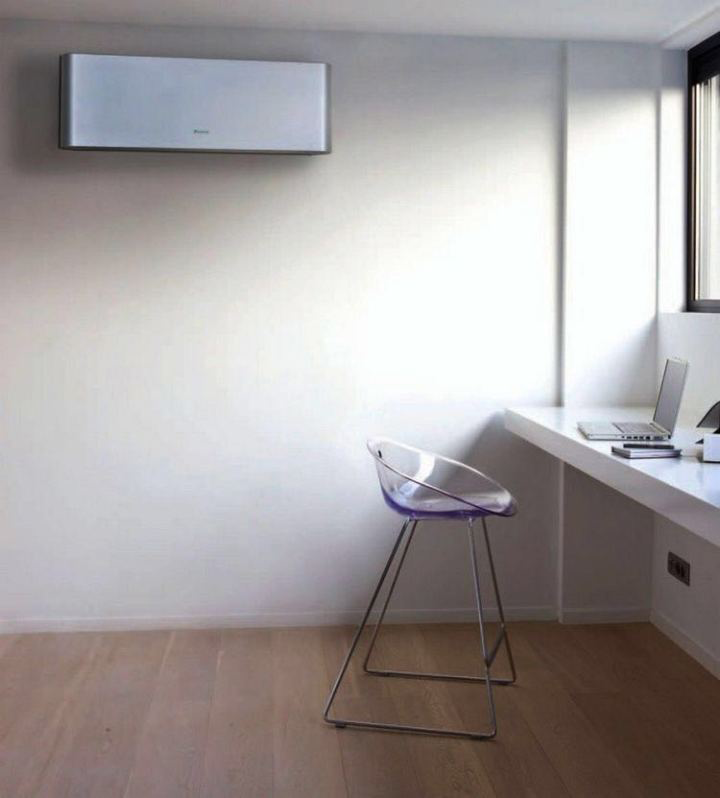
Panasonic Wall-Mounted Air Purifier
